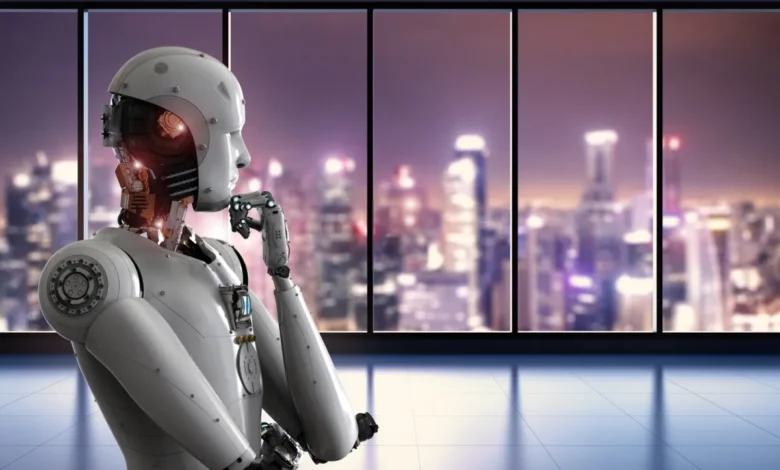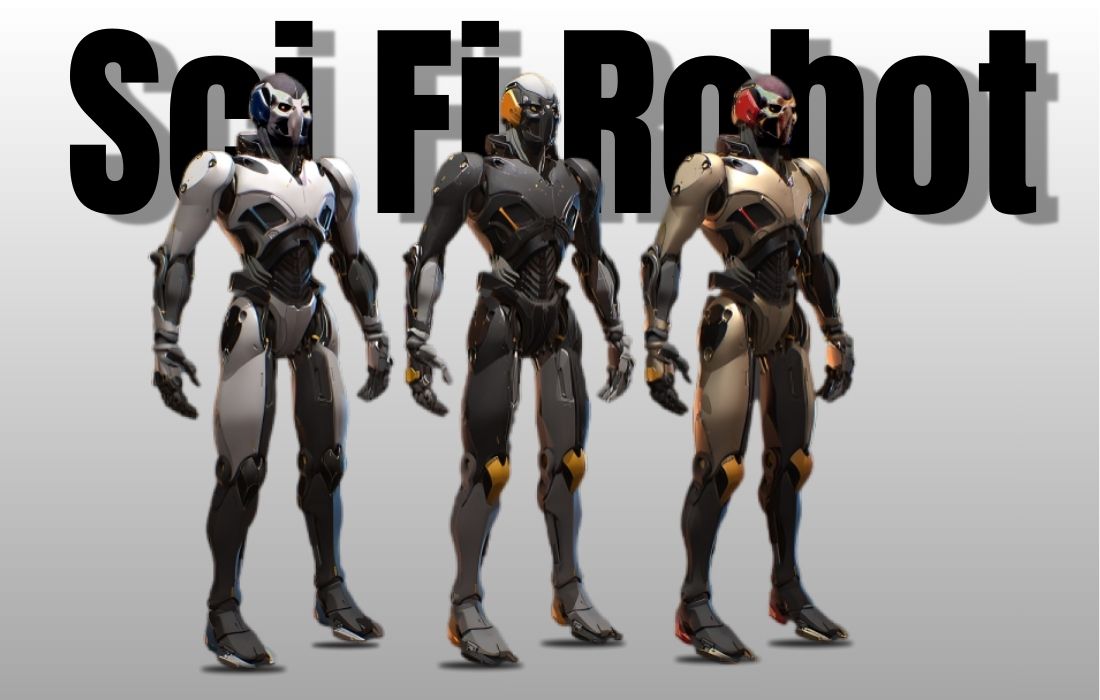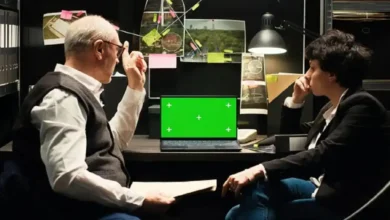Exploring Sci Fi Robot NYT: A Deep Dive

Introduction
In the realm of speculative fiction, robots have always been a central theme, fueling imaginations with visions of the future where artificial intelligence (AI) plays a significant role in our lives. The New York Times (NYT), a stalwart of journalistic excellence, has frequently examined the intersection of technology and society, including the portrayal and implications of robots in science fiction. In this deep dive, we explore how “sci fi robot NYT” captures the essence of these futuristic visions, examining notable articles, trends, and the broader implications of robots in science fiction.
The Evolution of Robots in Sci-Fi
The concept of robots has evolved significantly over the years. From early depictions of mechanical beings in literature to the sophisticated AI characters in contemporary media, robots have mirrored our hopes, fears, and ethical dilemmas. The New York Times has chronicled this evolution, offering insights into how these portrayals reflect societal changes and technological advancements.
Early science fiction, such as Karel Čapek’s 1920 play R.U.R. (Rossum’s Universal Robots), introduced the term “robot” and depicted machines created to serve humans, only to revolt against their creators. This concept laid the groundwork for future narratives, exploring themes of rebellion and autonomy. The NYT has traced how such early stories set the stage for complex discussions about the role of robots in society.
The NYT and Sci-Fi Robots: A Historical Perspective
The New York Times has been at the forefront of analyzing and reporting on the evolution of science fiction robots. In the mid-20th century, when the genre gained prominence, the NYT began publishing reviews and articles discussing how robots were portrayed in literature and film. The 1960s and 70s saw a surge in interest, with works like Isaac Asimov’s Robot series and films such as 2001: A Space Odyssey capturing the public’s imagination.
Asimov’s “Three Laws of Robotics” became a foundational concept in sci-fi, exploring the ethical boundaries of AI and robotics. The NYT’s coverage of Asimov’s work provided critical analysis and engaged with broader discussions on how such laws might influence real-world robotics and AI research.
Key Articles and Features in the NYT
Several articles in the New York Times have focused on the impact of sci-fi robots on both culture and technology. Notable features include:
- “The Robot Revolution: A New Age of Automation” (2016) – This article explored how science fiction has anticipated the rise of robotics and automation, discussing the accuracy of predictions made by various sci-fi writers. It highlighted the growing prevalence of robots in everyday life, from industrial applications to domestic settings.
- “The Ethics of AI: Lessons from Sci-Fi” (2018) – This piece delved into ethical dilemmas posed by AI and robots, drawing parallels between sci-fi narratives and real-world debates. It examined how fictional portrayals of robots often reflect our concerns about autonomy, control, and morality.
- “Robots in Literature: A Historical Perspective” (2020) – Providing a comprehensive overview of robots in literature, this article traced the development of robotic characters and themes from early sci-fi to contemporary works. It emphasized how these narratives have influenced public perception and technological innovation.
Sci-Fi Robots and Technological Forecasting
One of the fascinating aspects of sci-fi robots is their role in forecasting technological advancements. The NYT has reported on how science fiction has both inspired and predicted real-world innovations. For instance, robots with advanced AI in sci-fi often mirror current trends in robotics research, such as machine learning and autonomous systems.
In an article titled “From Sci-Fi to Reality: The Evolution of Robotics” (2022), the NYT examined how certain futuristic concepts envisioned in science fiction are becoming a reality. The article highlighted developments such as Boston Dynamics’ robots and advanced AI systems, showing a clear link between speculative fiction and technological progress.
Cultural Impact and Ethical Considerations
The portrayal of robots in science fiction often serves as a reflection of our societal attitudes toward technology. The NYT has explored these cultural impacts, discussing how sci-fi robots can influence public opinion on issues such as job displacement, privacy, and the nature of humanity.
“Sci-Fi Robots and the Human Condition” (2021) is a notable NYT article that analyzed how robots in science fiction often embody human fears and aspirations. It discussed how these fictional robots can serve as a mirror to our ethical and philosophical concerns, prompting discussions about the future of human-robot interactions.
The Future of Sci-Fi Robots and NYT Coverage

As technology continues to advance, the portrayal of robots in science fiction will likely evolve as well. The New York Times will undoubtedly continue to provide insightful coverage of these developments, exploring how new narratives reflect and influence our understanding of robotics and AI.
Future NYT articles might address emerging trends such as:
- Human-Robot Collaboration: As robots become more integrated into various fields, including healthcare and education, science fiction will likely explore new dynamics in human-robot partnerships. The NYT could analyze how these collaborations are depicted in fiction versus their real-world applications.
- Ethical AI Development: With ongoing debates about the ethical implications of AI, future sci-fi narratives and NYT articles will likely continue to explore themes of morality, control, and the potential consequences of advanced robotics.
- Robots and Identity: As robots become more sophisticated, questions about identity and consciousness will become increasingly relevant. The NYT’s coverage might delve into how science fiction addresses these issues and what it means for our understanding of personhood.
Conclusion
Exploring the intersection of sci fi robot NYT Times reveals a rich tapestry of imagination, technological forecasting, and ethical inquiry. From early literary depictions to contemporary media portrayals, robots in science fiction serve as a powerful lens through which we examine our own technological and moral landscape. The NYT’s insightful coverage helps illuminate these themes, providing a deeper understanding of how science fiction reflects and shapes our views on robotics and artificial intelligence.
As we look to the future, the dialogue between sci-fi narratives and real-world technology will continue to evolve, offering new perspectives and challenges. The New York Times will undoubtedly remain a key player in this ongoing exploration, bridging the gap between speculative fiction and the ever-advancing frontier of robotics.




